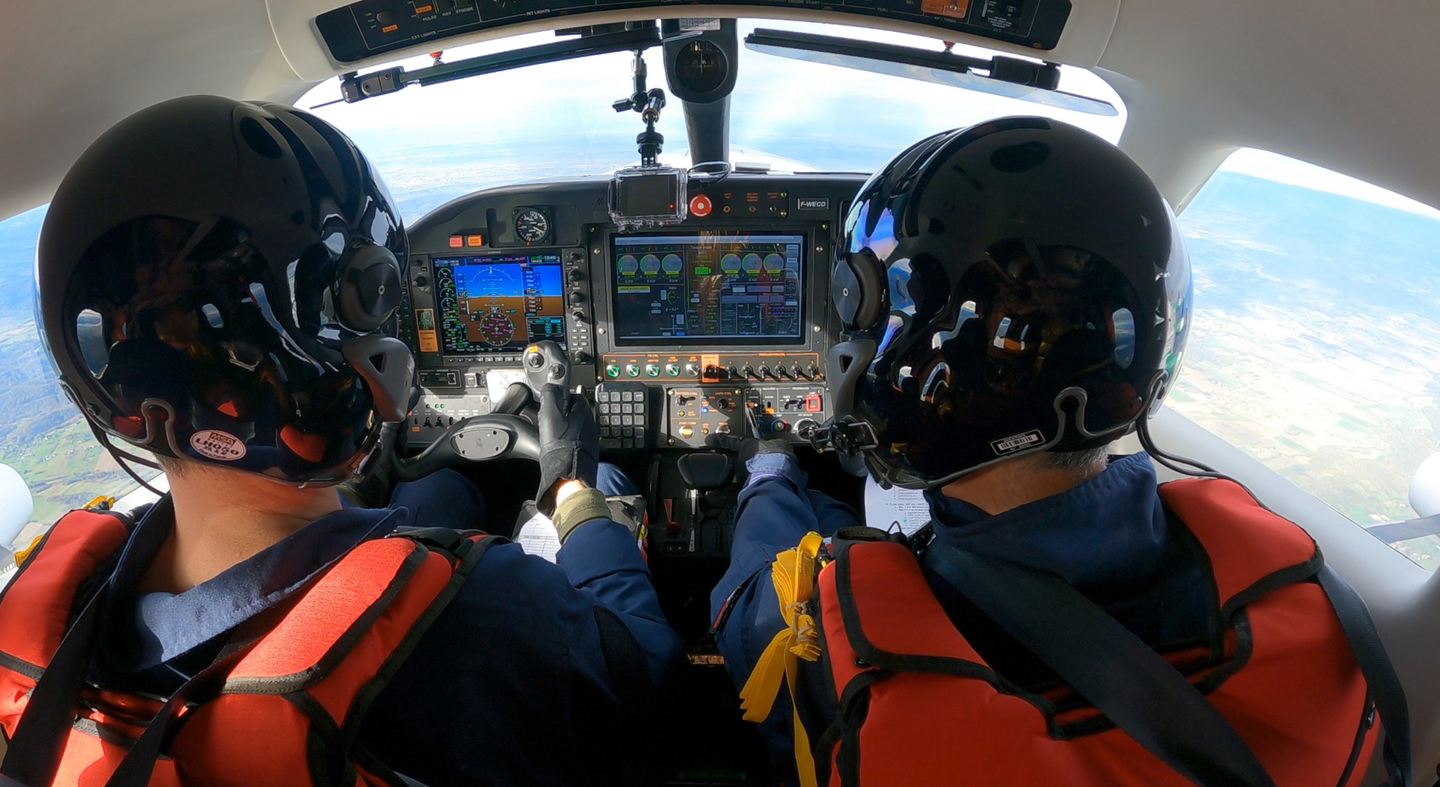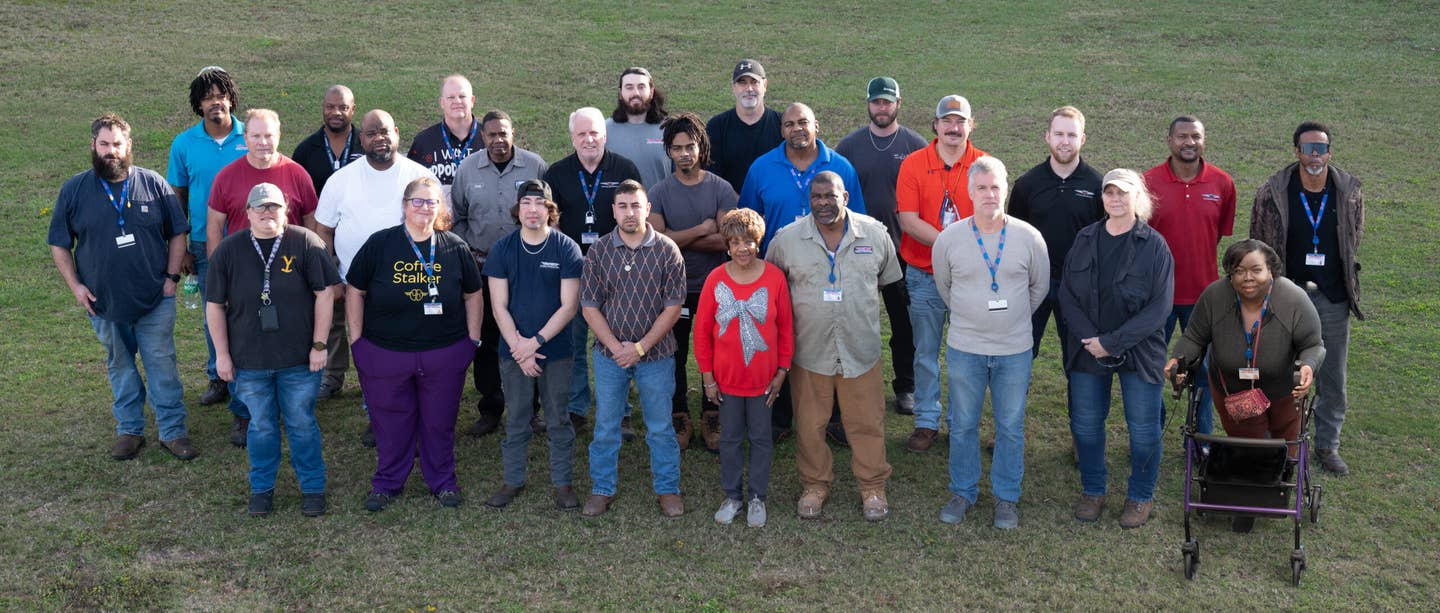Northeastern Charter Company Combines Forethought and Good Fortune to Achieve Growth
FLYING speaks with Tradewind Aviation’s CEO to get the inside track on his company’s plan.

Tradewind Aviation is one of the largest Pilatus operators in the world. [Photo: Tradewind Aviation]
With summer around the corner and the reduction of travel lockdowns, it seems it couldn't be a better time for Tradewind Aviation.
In March, the company—an on-demand private charter and scheduled shuttle operator headquartered in Connecticut that operates predominantly in North America and the Caribbean—announced it was adding 20 new PC-12 NGX turboprops to its fleet in a deal that would make the company one of the largest Pilatus aircraft operators in the world.
"The last few years have been very good for us."
Eric Zipkin, Tradewind Aviation co-founder and president
This expansion represents the growth the U.S. charter market has experienced in the last year. Many people expanded, then seemingly shifted their flying preference to private travel altogether. More airplanes also mean that operators have been hiring pilots amid a pilot shortage.
The pandemic seemed to have made it worse. More broadly, sustainability has come more sharply into focus. Companies have had to take tangible steps to reduce their carbon footprint to please regulators and consumers. On top of that, the business aviation environment has never been more competitive as new players face a low barrier to entry.
Putting all this together, it turns out that running an air transport business is no small task and requires relentless execution.
To make sense of all this, FLYING spoke with Tradewind's co-founder and president, Eric Zipkin, about his company's recent announcement and his perspective on how they're preparing for what looks to be a busy summer season.
Fleet Expansion with Pilatus
"The last few years have been very good for us," Zipkin shared over a Zoom call from his office in Connecticut. "This Pilatus order that we just announced was in the making well before COVID.”
Zipkin said the deal was first on the table for November 2019, but, sensing no pressure at the time, the company decided to wait until after that holiday season and planned to do it in the first quarter of 2020 instead.
"Lo and behold," Zipkin said, "COVID hit." With the Northeastern states being some of the ones hit the hardest at the initial stages of the pandemic, which came with immovable travel restrictions, it would seem that this could've been the beginning of the end for charter companies, especially with lighter aircraft types.
"Fortunately, the world improved significantly," Zipkin said.
Zipkin couldn't predict the shift in customer demand that would take place and that, to get away, people would increasingly tap the charter market for options. The shift in work culture, from office-based to remote, also changed the way people used the service.
"We found that people, instead of traveling Friday and Monday, they're going out on Thursday afternoon and coming back on Mondays," Zipkin said.
For Tradewind, the company has spread out demand, whereas pre-pandemic travel consolidated around the weekend. So, instead of a simple fleet update, Zipkin said it was also time to expand.
"Originally, it was a fleet refresh deal. As we've seen the popularity of our services grow, it's gone well beyond that," Zipkin said. "It's now a fleet growth deal."
Dealing With The Pilot Shortage
With growth came the other challenge that no one company has completely figured out—a lack of pilots in "high demand." Moreover, it's the gap in the ability of small operators with outsourced training departments to get their pilots up to speed.
"It's actually our biggest challenge right now—qualifying pilots. Due to the pandemic, there's still a very big backlog in training pipelines and largely training simulators," Zipkin explained. "We can't put enough people through our training provider's sim, FlightSafety, because FlightSafety is limited."
Fortunately, the Tradewind's partnership with JetBlue (NASDAQ: JBLU) came in the nick of time. In February 2022, Tradewind announced it joined JetBlue Gateways as a partner airline. The mutually beneficial partnership allows the following:
"It's actually our biggest challenge right now—qualifying pilots."
Eric Zipkin, Tradewind Aviation co-founder and president
- Qualified pilot applicants from JetBlue's career development program could fly with Tradewind to gain valuable experience preparing for careers as line pilots with the major mainline carrier.
- Existing Tradewind pilots now also had a clear path to JetBlue.
- With the growth of private aviation, Tradewind could now stay on top of the heightened demand, with the average tenure of its pilots expected to increase by 20 percent and the number of new pilots in its pipeline expected to increase by 30 percent.
Zipkin spoke passionately about the need for the industry to address the pilot shortage to ease some of the burdens pilots have to carry. Otherwise, people might not find the career appealing. To do this, Zipkin suggested more effective local outreach programs, more straightforward training-to-jobs pipelines, and significant industry-wide investments in training.
"In the past, as an industry, we were relying on chance, that sooner or later, in roughly 5,000 hours, as a pilot, you would've seen multiple things"—like wind shear, air traffic delays, mechanical problems, or even interpersonal challenges in the flight deck. Now, he explained, "pilots don't have the time," presumably because of the pilot shortage, which has actually made it easier for pilots to make progress in their careers. So how do you ensure that pilots still have enough experience?
"We as an industry have to make much greater investments in training by building that sort of learning into more formalized processes."
An Eye on Sustainability
Finally, with sustainability in focus, Tradewind announced an elevated carbon offset program in January of this year. For one, the PC-12 is already one of the most fuel-efficient aircraft on the market. However, the new program is actually an upgrade from its initial format.
This new version sees the company automatically adding carbon offsets to all Tradewind-operated flights throughout North America and the Caribbean. Furthermore, the company said that all funds raised through the offset would continue to go to TerraPass, a social enterprise based in San Francisco that uses proceeds from partner companies to fund various greenhouse gas reduction projects.
"It's part of our commitment and realization that alternative energy sources need to be part of our world going forward. It will allow us to give back specifically to communities that we serve in the Northeast and the Caribbean."
He also said the company wants to be targeted in its approach to ensure that the funding goes to projects that have a tangible impact.
"What we're working towards is going beyond is buying faceless carbon credits, but funding a specific project."

Subscribe to Our Newsletter
Get the latest FLYING stories delivered directly to your inbox






